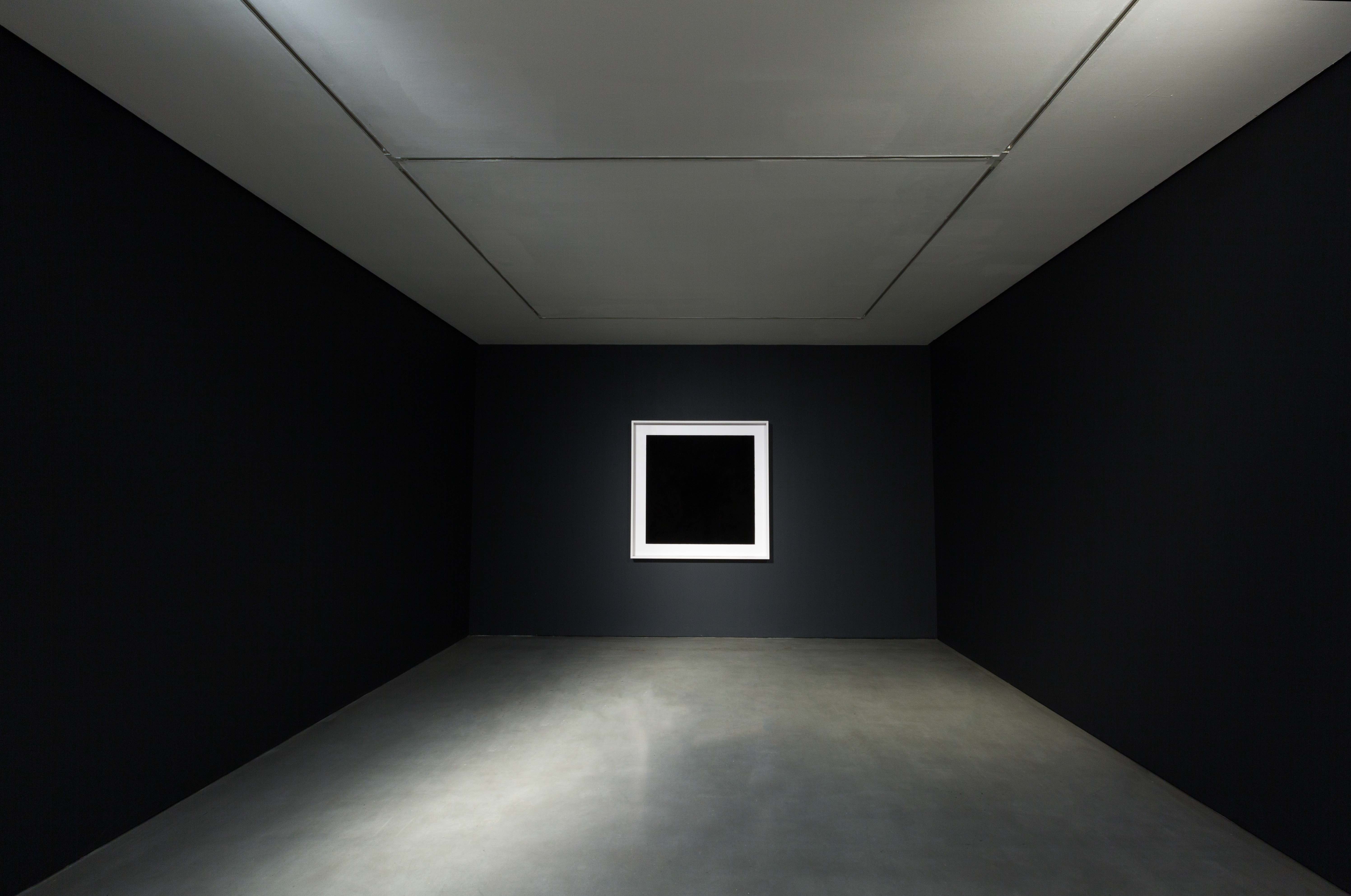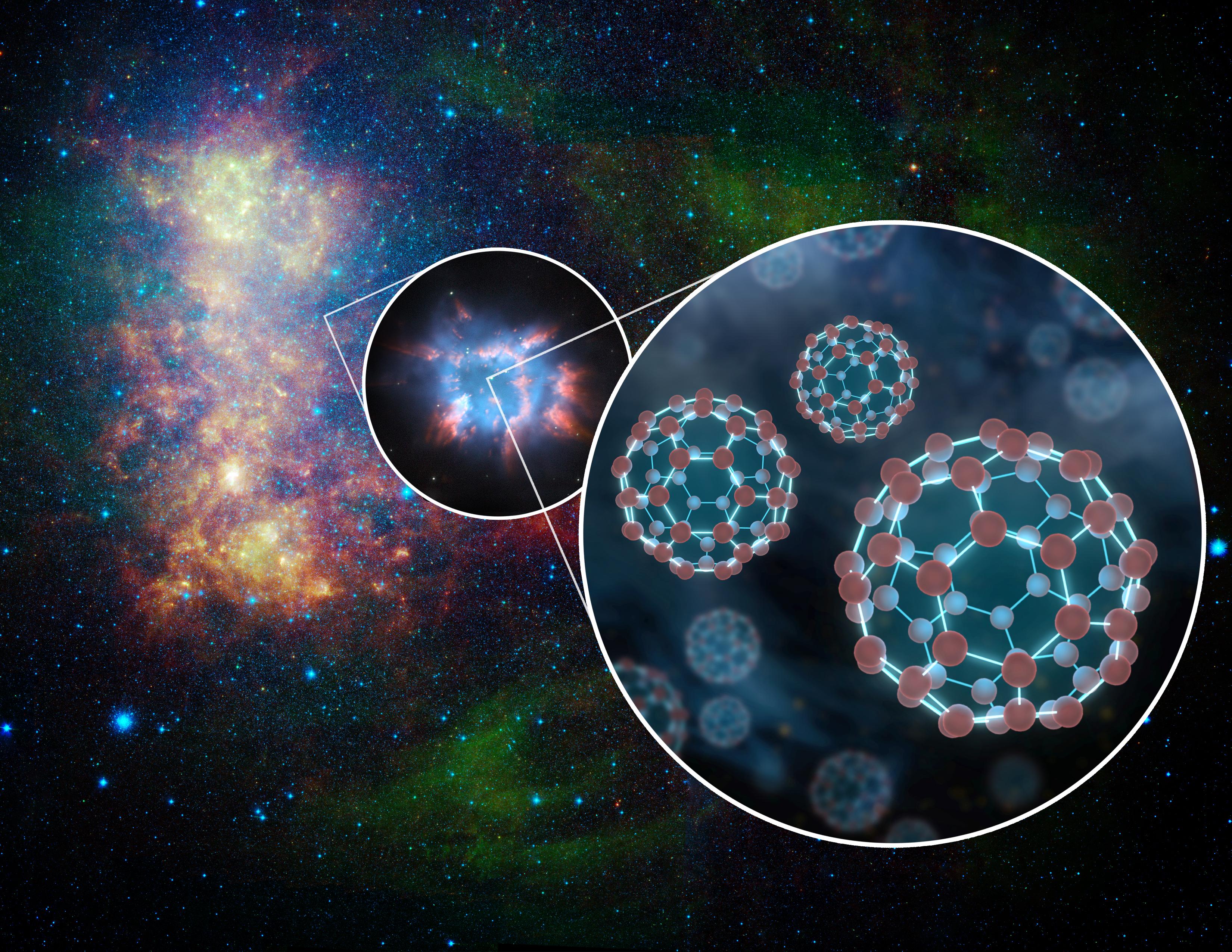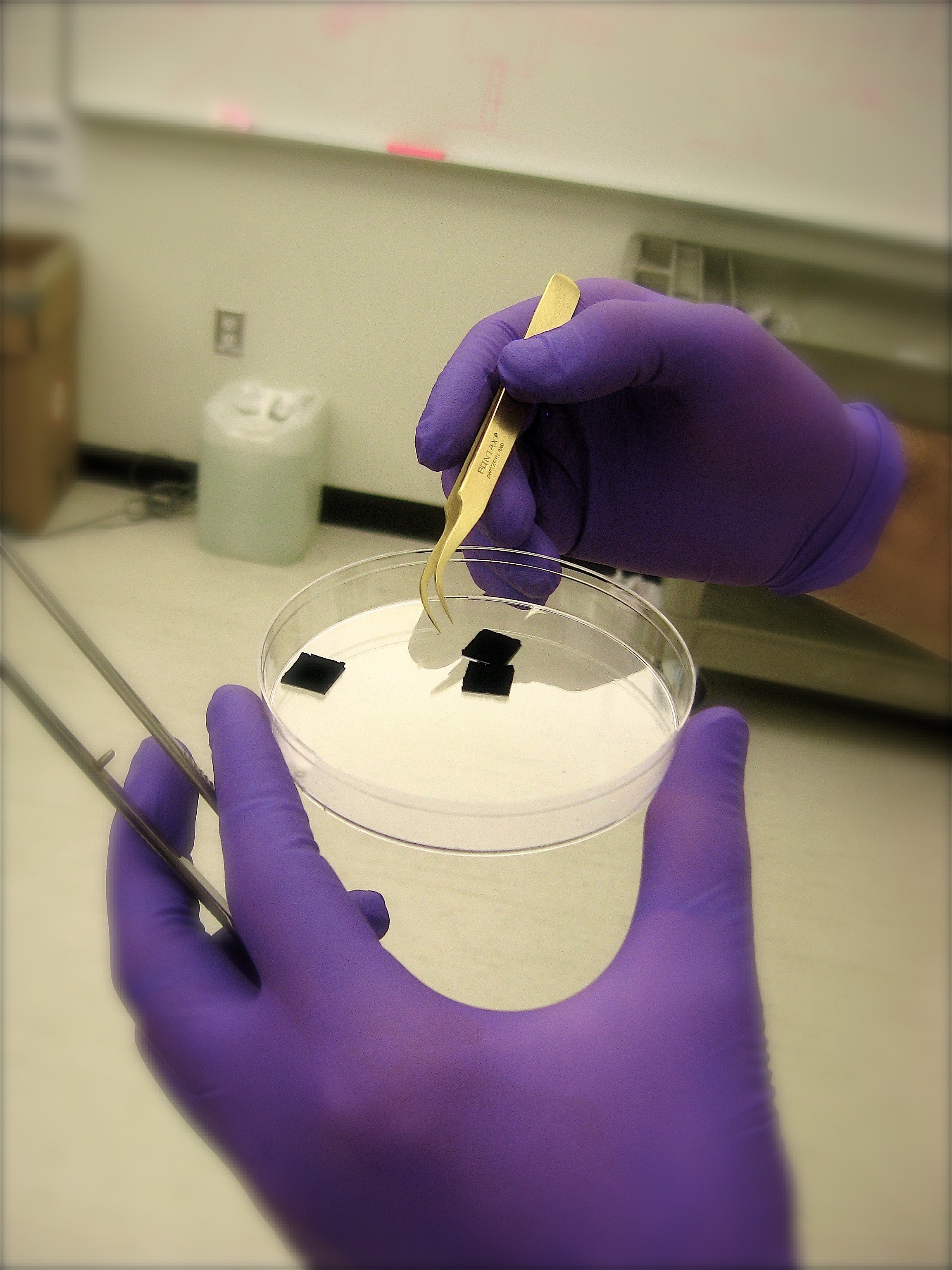NANOblck-Sqr#1
Nanoblack is the new orange for Belgian sculptor – Wired
From blackest black to Universe hacking – We Make Money Not Art
Meet The Artist Behind “Blacker-Than-Black”, The Darkest Color Ever – The Creatorsproject
Meet The Man Who Wants To ‘Grow’ The Blackest Color In The World – Huffington Post
Back to Black: The enduring quest to portray nothing – New Scientist
Blackest black is the new black – 3dprinterworld
NANOblck-Sqr#1 (2014, 1500cmx1500cmx15cm) is the worlds first blackest-black artwork in the world, and consists of approximately 99,9% air and 0,1% carbon nanotubes. The artwork is a true void space and the closest you can get to nothingness and pure horizontal depth.
The artwork is a nanoengineered painting ‘grown’ from atomic scale upwards, and an attempt to capture all light at all frequencies behind its infinite and boundless blackness. Hence the artwork is not only an expression of extreme light and darkness, but also a superposition of both. Traditional binary thinking (e.g. black and white, 1 and 0) makes space for the 21st century quantum world of superposition and spooky action at a distance (1). The artwork can already be considered as a art historic reference work collapsing the boundless space between infinite black and infinite white in one single piece.
The artwork consist of an ultra dark nano engineered material that absorbs all visible light and some invisible like infrared light, and makes reference to the work of painters like Yves Klein, Malevich, Reinhardt, et al. In contrast to traditional painting De Wilde’s artworks are made from sputtered atomic sized particles (catalyst seeds) on the canvas (substrate), and by applying chemical vapor disposition De Wilde creates a ‘forest’ of vertically aligned, loosely packed, carbon nanotubes held together by the Van der Waals forces. This bottom up technique is novel in the arts and reflects upon the transition from pigments to structural color. The geometry of the nano object is a crucial factor in creating the blackest black.
Finalist of the TED World Wide Talent Search
Winner of the prestigious Ars Electronica [Next Idea] Award
Winner of the Best European Collaboration Award between an artist and a scientist
De Wilde says: “There is a kind of beauty in trying to realise the blacker-than-black concept. Not just claiming it, but also trying to produce it by trial and error. There is beauty in doubt, to doubt and question perception and reality, simply by asking the poetic question: ‘Is there something blacker than black?”
De Wilde says: “The blackest-black is a poetic thought, an artistic concept and research project, a concrete series of artworks that are “born” out of necessity, reactionism, subversiveness. The blackest-black concept and artwork help us to question our perception and reality. Additionally, the blackest-black holds potentially a “key” to our survival as a species. So, the blackest-black is not just a nice coating with a nice effect, it’s the ultimate celebration of the unknown. It’s pure horizontal depth and a space of boundless immateriality.”
The blackest black is for De Wilde – just like for Kasimir Malevich – a symbol for societal change in a world facing huge economical, ecological and societal challenges. For De Wilde change starts with the individual. Darkness is perfect, because more than light, it turns directly and singularly towards the individual. De Wilde sees his blacker-then-black nano engineered art as a space of refusal, but also as a space of and for imagination. In a time where we’re oversaturated with media and information, it pulls you back to something that is private and personal. In absolute darkness everybody is the same, things are forged and unified. For Yves Klein it was the blue sky for De Wilde it’s deep space.
“This is a very striking collaborative between the hard edge world of science and the world of conceptual art.”
Sandra Gunn, Curriculum Director of the City of Glasgow College, Great Britain
“Meet The Man Who Wants To ‘Grow’ The Blackest Color In The World”
The Huffington Post | By Katerine Brooks
“From blackest black to Universe hacking. An interview with Frederik De Wilde.”
we-make-money-not-art | By Regine Debatty
“I was thrilled to view your Nano Black Square in London, and your effort to get as close to “nothing” as possible.”
Nothing Matters | By Ronald Green
“I think we live at a point of extreme darkness and extreme brightness. Extreme darkness, because we really do not know from which direction the light would come. Extreme brightness, because we ought to have the courage to begin anew.” – Michel Foucault in dialogue with Baqir Parham, Tehran, September 1978
“The contemporary is the person who perceives the darkness of his time as something that concerns him, as something that never ceases to engage him. Darkness is something that – more than any light – turns directly and singularly toward him. The contemporary is the one whose eyes are struck by the beam of darkness that comes from his own time.” – Giorgio Agamben
“Only when an artist has the courage to dissolve into empty space, into the Void, will he be able to create something genuinely new, essential, yet undogmatic and potentially meaningful to all.” – Yves Klein
Carroll / Fletcher, 56-57 Eastcastle Street, London, W1W 8EQ
14 November 2014 – 21 February 2015 (exhibition extended)
Review by Laura Davidson
Kazimir Malevich’s Black Square (1915) cast a long dominant pall over the summer exhibition schedule in London. For those who slipped through the expectant crowds and spent a few contemplative seconds in front of the infamous painting, there was an odd indigestible moment suppressing an underwhelming gasp. The concept prevailed, but the material bearing the idea did not. The not-quite centennial square had cracked, nakedly revealing to viewers its distracting material properties. Judging by some of the commentary on Abstract Critical, it was hard to extract necessary material inspiration from what felt like a confused and lonely archival object. Less than a month after the Malevich show at Tate Modern, the ‘Black Square’ reappeared in London, both at the Whitechapel and at Carroll / Fletcher. The appearance of Frederik De Wilde’s NanoBlck-Sqr #1 (2014) at Carroll / Fletcher appeared to suggest that ‘Black Square’ is a running script that can be executed beyond Malevich’s original. Descending into the ground floor of the Fitzrovia gallery there is (unsurprisingly) a black square mounted on the far wall, this time unaccompanied by crowds or cracks. In front of NanoBlck-Sqr #1 is a plinth containing an enclosed silver box with a palm-sized black disk of carbon nanotubes, grown in a NASA laboratory. The encased material carries with it the branding of the American space agency, which gives it an aura of galactic mystique. De Wilde’s ‘Black Square’ is made from this nano material, giving the square of aluminium upon which it is applied a completely immersive sensation of black. The carbon nanotubes absorb all visible light, fixing black, here, as total colour.
Pleasingly, there are divergent narratives for thought which can be fabricated here: total colour as a whole beyond systems, the material properties of total colour as facade for complex systems, and the (re-staging of historical) art work as script. The latter narrative feels out of context here, but there is gratification in the first and second narratives – in considering a material within an art object presented as so total and yet simultaneously so empty. NanoBlck-Sqr #1 could be considered as an interface for complex systems. There are latent explanations of chemical constructs and processes within this work; it does not perform only as a vacuum for visible light. There are scaffolds supporting this vacuum. These material constructs are a conscious decision by the artist, even if they are completely negated, aesthetically, by the nature of the material.
Let us return to the interface, and our contemporary experience of the concept, usually via the software interface on a computer or smartphone. On-screen, we are accustomed to viewing and interacting with ‘user-friendly’ interfaces that allow us to access vast complexes of code that we may or may not know how to decipher. Interfaces are facades for systems that prop up the interactions and actions of our daily life, and they do not ask us to stare back in introspection, or to meditate upon them. It is curious, therefore, to encounter a ‘black square’ made of a complex material that gives the viewer this kind of space for contemplative thought.
The Blackest Black And Universe’s Chemistry
Compared to deeper cosmological mysteries like the identity of dark matter and dark energy or what’s going on inside black holes, there are other unknowns that appear more mundane, their solutions seemingly within reach. But despite appearing to be a tractable problem, one mystery has managed to persist for almost the entirety of the past century, making it one of the longest-standing problems in astronomy. About a century ago, researchers observed the telltale signs of absorption of light by unknown molecules that reside in the thinly spread material in the space between stars (the interstellar medium). The gas and dust of the interstellar medium absorb certain wavelengths of light, preventing those wavelengths from arriving here and leaving gaps (or lines) in the spectrum we record when we look at other stars. Researchers can find out what substance, or “carrier,” is responsible for the lines by identifying molecules that absorb the specific wavelengths that are missing from the observed spectrum. Combining this lab research with theoretical modeling and more astronomical observations has allowed us to figure out what’s lurking in interstellar space. But despite some successes, there are still a lot of unidentified absorption lines in the interstellar medium, partially due to technological difficulties.
◊ Written by Xaq Rzetelny, 2015
The Blackest Black And The Origin-of-Life
Today we can genetically engineer life and stitch atoms together to create new chemicals. Yet, we still don’t know how life started a few billion years ago on Earth. One hint is that it got help from outer space, where some molecules seeded life on Earth.
Scientists have very recently discovered that gaseous buckyballs exist in space. The discovery, published in Nature, doesn’t just confirm the hunch scientists have had that buckyballs may be ubiquitous in space—it also solves a puzzle astronomers have been struggling with for more than 100 years. One such molecule implicated in the origin-of-life story is the buckyball, which is made of 60 carbon atoms arranged in a football-like shape. The discovery of this unique form of carbon, which is found in abundance of Earth but hadn’t been detected till 1985, won the discoverers the 1996 Nobel Prize in chemistry. For years, astronomers have been using absorption spectra to understand what objects in space are made of. An absorption spectrum of white light passing through a spectrometer would look like a rainbow. However, if there is any chemical present in the medium in which the light flows, the high-resolution spectra will show tiny black lines. These black lines occur where light is absorbed by the molecules of the chemical, and they do this in a predictable way so that we can work backwards to find out what the chemical is.In the absorption spectra of space, some black bands have been a mystery. They appear fuzzy, and scientists haven’t been able to find a chemical capable of absorbing that amount of energy. These bands are called diffuse interstellar bands, and were first discovered in the 1900s. Now, researchers have confirmed that buckyballs are responsible for creating these diffuse interstellar bands. To do this, they cooled down gaseous buckyballs to -267 °C (close to -450 °F), to mimic space conditions, and measured the absorption spectrum through these molecules. The absorption patterns were similar to those found previously in space.
◊ Written by Akshat Rathi and Katherine Ellen Foley, 2015
“In the end, it is simply a picture of empty meaningless blackness. We are alone. There is nothing else.”
Gibbons, Dave, Moore, Alan, op.cit., np,Watchmen, DC Comics, New York, 1986
Image credits
NANOblck-Sqr#1 by Frederik De Wilde, Installation View © Carroll/Fletcher gallery
NANOblck-Sqr#1 © Frederik De Wilde, Installation View Unpainted Art Fair, Munich
Buckyballs © NASA/JPL-Caltech
Nano black © Frederik De Wilde





